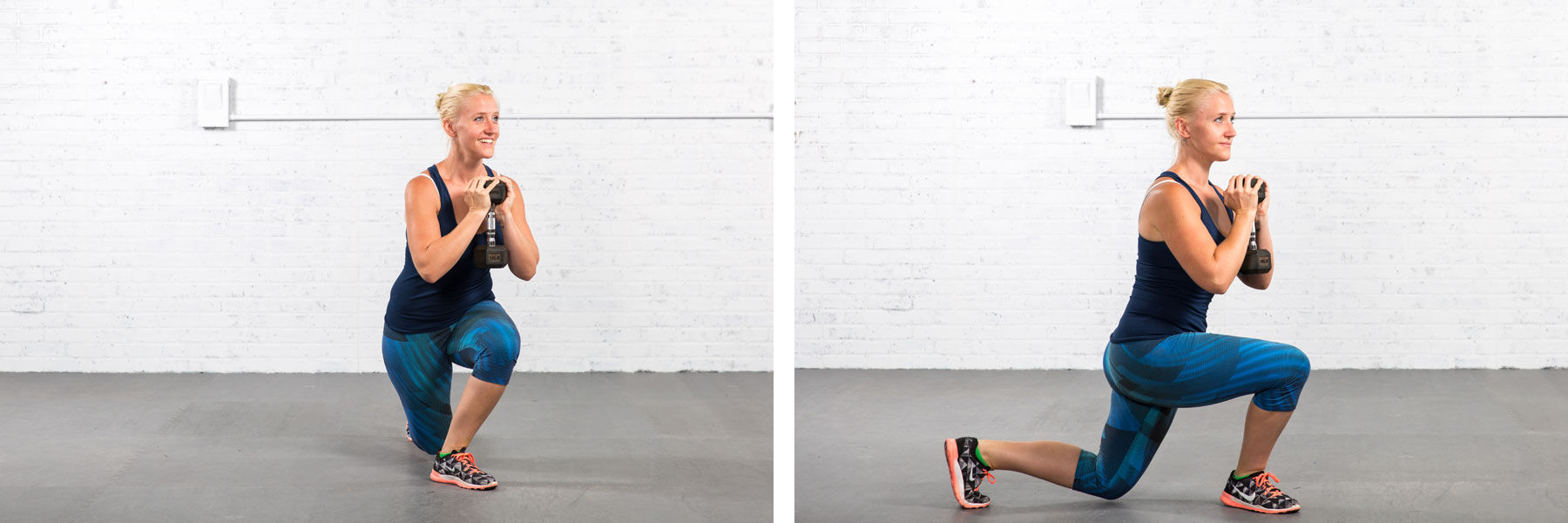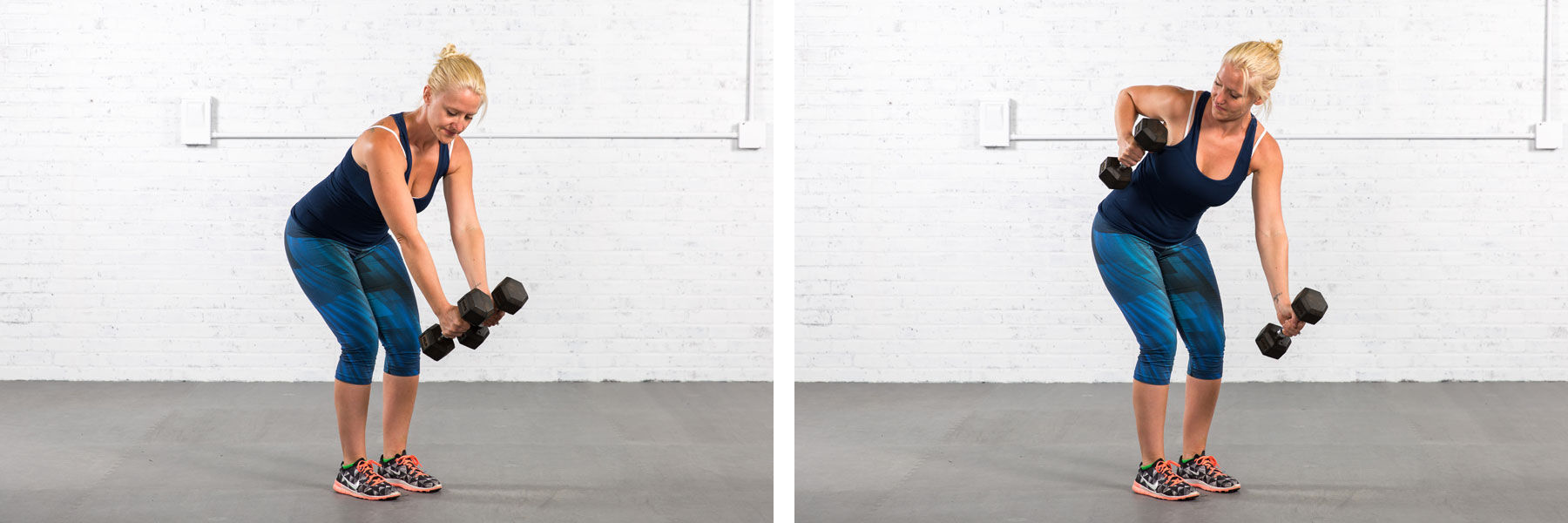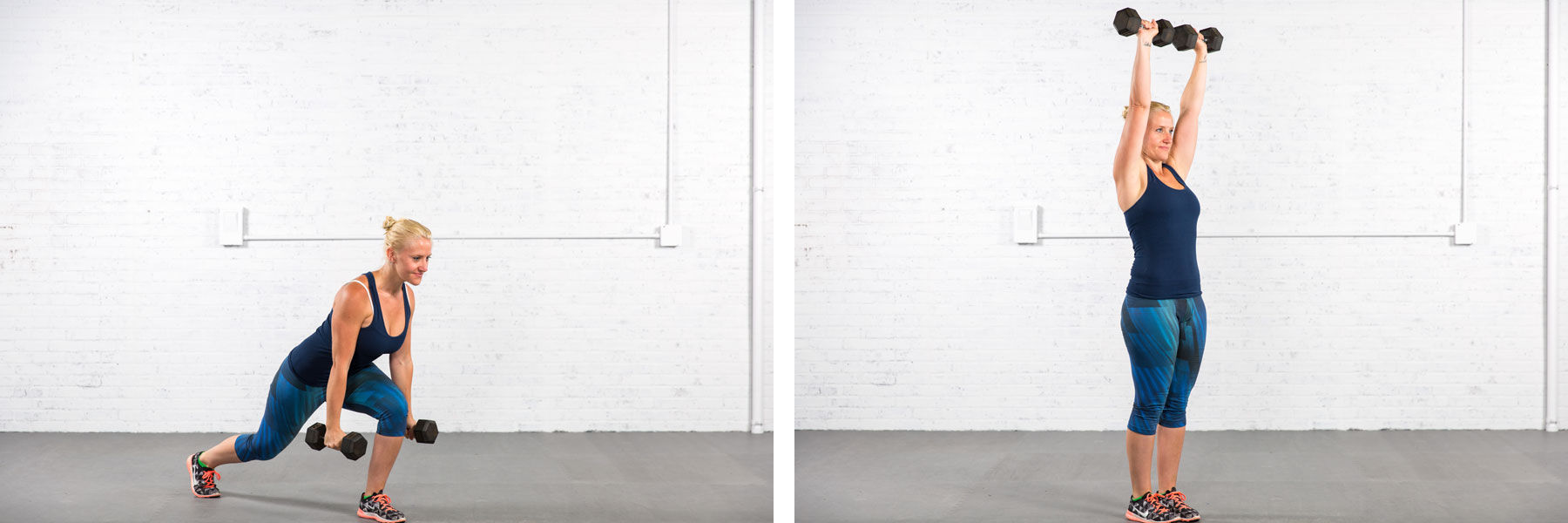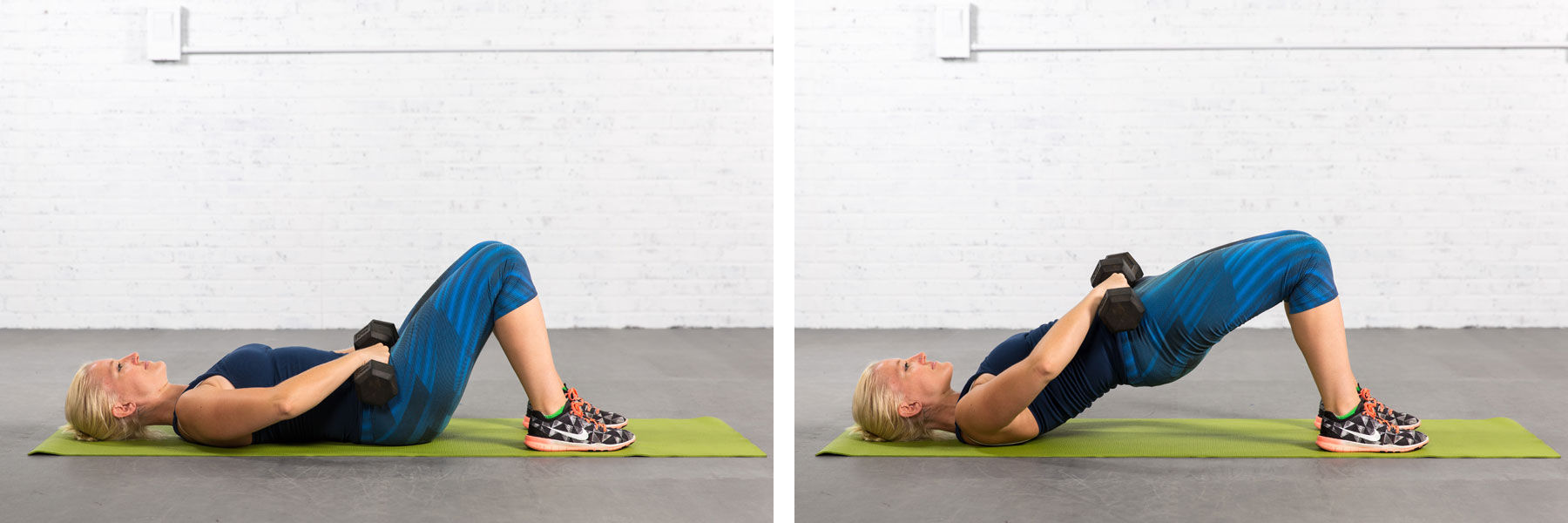Most health clubs and gyms offer rows of cardio equipment, aisles of weight-training machines, stacks of free weights and specific stretch areas to help members pursue their individual goals. When it comes to fitness equipment, there is no one “best” piece of equipment. Different types of equipment are purposefully designed to achieve specific fitness outcomes.
For those with goals related to strength training, there are countless options for increasing lean muscle or adding strength. Choices include the traditional weight machines, barbells or dumbbells, as well as a wide variety of specialized equipment such as kettlebells, medicine balls, sandbags and even oversized tires. Some forms of resistance training equipment, such as barbells, are more effective for developing max strength, while weight-training machines can help increase muscle definition and lighter forms of resistance such as medicine balls and kettlebells can be useful for improving movement-specific power output. Dumbbells are often used for joint-isolation exercises such as biceps curls, chest flyes or shoulder raises. Using dumbbells for full-body, multiplanar movements, however, can provide a variety of different strength outcomes. It also offers many benefits for cardiorespiratory fitness and flexibility. To help you select the best equipment for your needs, here are five benefits of dumbbells:
- Dumbbells can provide the two types of overload that lead to muscle growth: mechanic and metabolic. Mechanic overload is the result of damaged caused by muscle contractions, which stimulates the repair process and leads to an increase in muscle size. Metabolic overload occurs when a muscle is worked to fatigue, which leads to the adaptation of muscle cells being able to store more glycogen which can cause muscles to increase in size. Heavy dumbbells can generate mechanical overload, while moderate-weight dumbbells combined with high reps (to fatigue) can produce metabolic overload.
- Dumbbell exercises can create both inter- and intramuscular coordination, leading to greater levels of muscle activation. Intermuscular coordination is the ability of a number of different muscles to work together to produce and stabilize joint motion. Intramuscular coordination is the amount of muscle motor units and their attached muscle fibers that are activated within a specific muscle. Using lighter dumbbells for compound, multijoint or multiplanar movement patterns improves coordination between different body segments. Using heavier dumbbells can increase the number of muscle fibers activated within a specific muscle.
- Dumbbells can benefit both the contractile element and elastic component of muscle tissue. The contractile element is the specific actin-myosin muscle proteins responsible for sliding across one another to create concentric shortening actions or control eccentric lengthening. The elastic component is the fascia and connective tissue that attaches each individual muscle fiber and groups of fibers to one another. The elastic component stores mechanic energy as it is lengthened, which is then released during a rapid muscle-shortening action. Traditional exercises with heavy dumbbells can increase the force production capacity of the contractile element, while multiplanar movement patterns with light dumbbells can enhance the resiliency and strength of the elastic component.
- Dumbbells can be used for a variety of exercises. Machines allow one motion in one specific movement pattern to place load on one muscle or muscle group. Due to their length, standard barbells are best used for compound movements in one specific plane of motion. Due to their size and the fact they can be held in each hand, dumbbells can be used to create a variety of different movement patterns to develop task- or movement-specific strength.
- Dumbbells allow the user to focus on one arm or leg at a time, which is one way to initiate strength gains by using a heavy overload. A single dumbbell can be used for exercises such as a one-arm overhead press or a split-leg goblet squat to create overload in one limb at a time.
If these benefits sound like what you’re looking for in your fitness program, but you’re not sure what exercises to do, here is a dumbbell workout to help you get started:
Dumbbell Goblet Reverse Crossover Lunge

- Hold dumbbell vertically in front of your chest.
- Sink back into the hips and step the left leg behind your right leg and sink into your right hip while keeping the spine tall.
- To return to standing, press your right foot into the ground as you swing your left leg to the left.
- Alternate sides for 8 to 10 reps; complete 3 sets, resting rest 45 seconds between each set.
Dumbbell Rotational Press

- Stand and hold a dumbbell at each should wither palms facing each other.
- Rotate to the right and fully extend your left arm. Pull your arm back down, rotate to the left and extend your right arm.
- Alternate sides for 8 to 10 reps; complete 3 sets, resting rest 45 seconds between each set.
Dumbbell Alternating Bent-over Rows With Rotation

- Hinge forward at the hips with knees slightly bent and the spine straight.
- Hold dumbbells in your hands with the palms facing each other.
- Pull your right hand toward your rib cage as you rotate to the right. Lower your hand and rotate to the other side.
- Alternate sides for 8 to 10 reps; complete 3 sets, resting rest 45 seconds between each set.
Dumbbell Reverse Lunge With Forward Bend to Overhead Press

- Step back with your right foot as you sink into your left hip.
- Bend forward and reach for your left foot with both hands (if you sink into your hip first it is okay to allow your spine to round).
- Press your left foot into the floor and swing your right leg forward to return to standing. As you reach standing, push both arms overhead into a press.
- Alternate sides for 8 to 10 reps (4 to 5 each leg); complete 3 sets, resting rest 45 seconds between each set.
Pullover to Trunk Curl

- Lie supine on ground with feet on the floor and knees bent and pointed toward the ceiling.
- Hold both arms straight up with palms facing each other. Lower both arms overhead to the floor.
- Pull your arms back over your chest. As your hands reach over your chest with extended arms, curl up your trunk.
- Lower your torso to the floor and repeat.
- Perform 10 to 12 reps; complete 2 to 3 sets, resting rest 45 seconds between each set.
Dumbell Hip Thrusters

- Lie supine on the floor with feet flat on and the knees pointed up.
- Rest two dumbbells on your hips with palms facing each other.
- Push your feet into the floor and lift your hips up to the ceiling.
- Pause at the top and then lower slowly. Aim for 1 to 2 seconds for the lift, 2 seconds for the hold, and 4 seconds to lower back down.
- Perform 10 to 12 reps; complete 2 to 3 sets, resting rest 45 seconds between each set.




 by
by 




 by
by